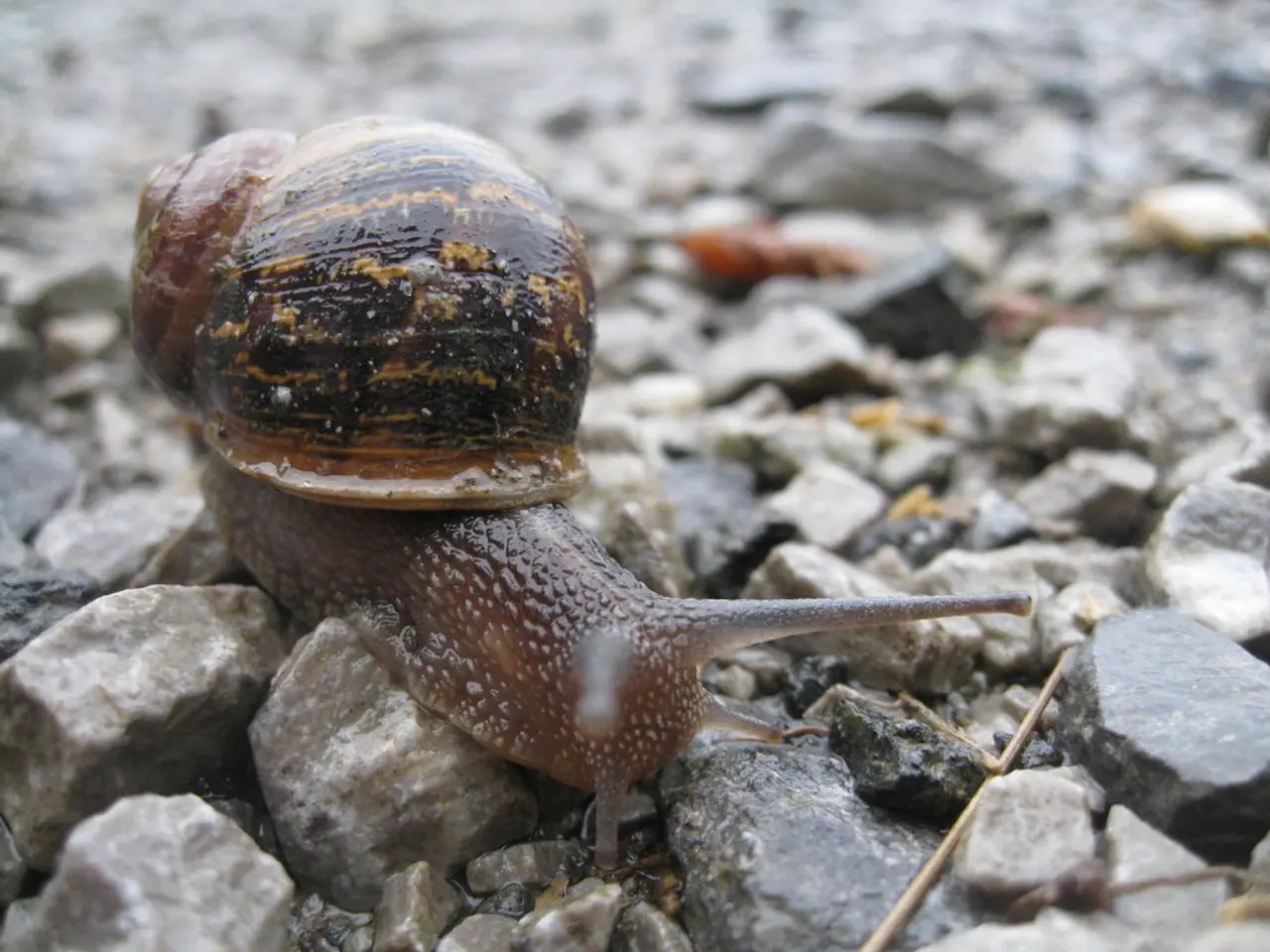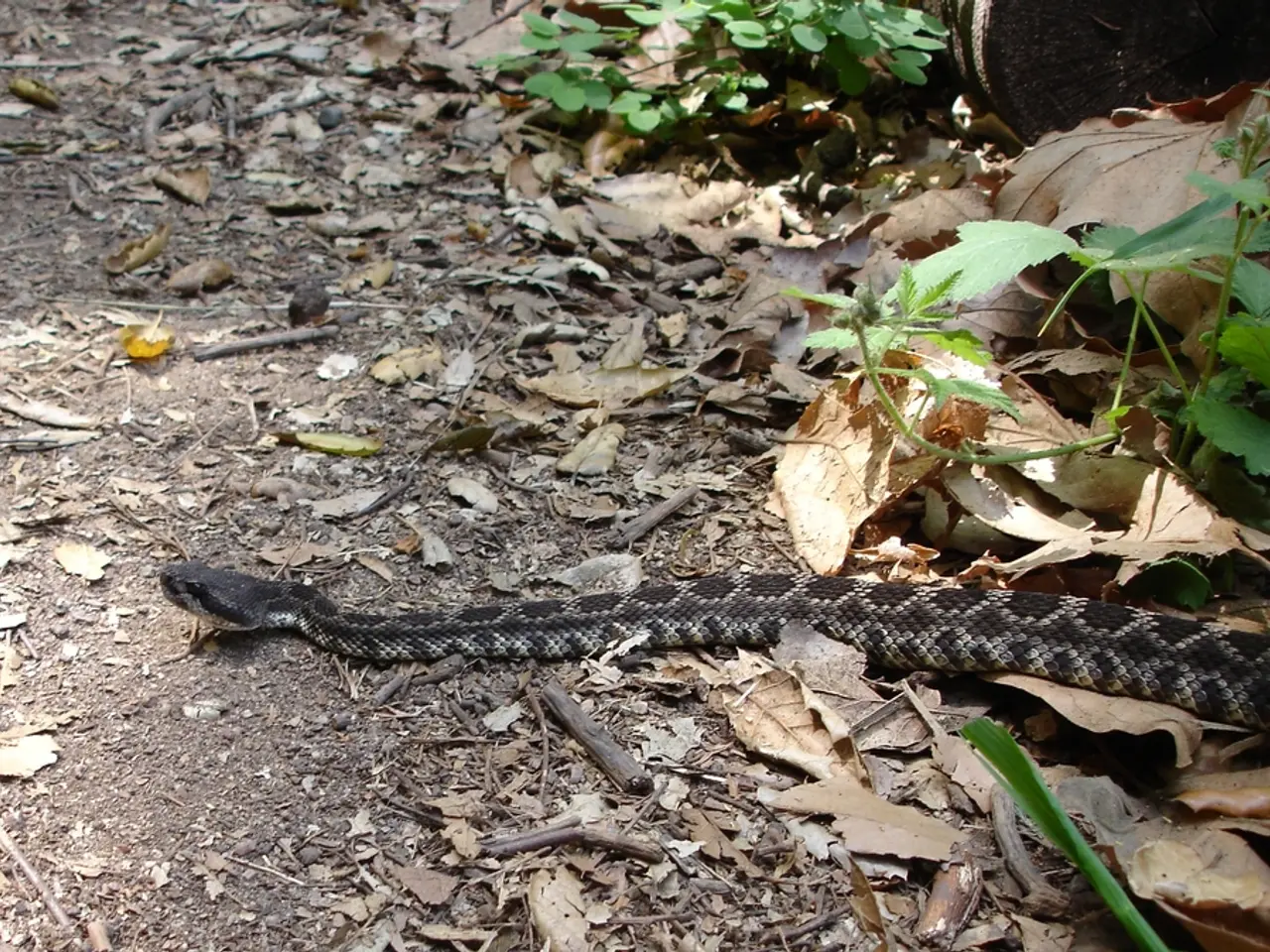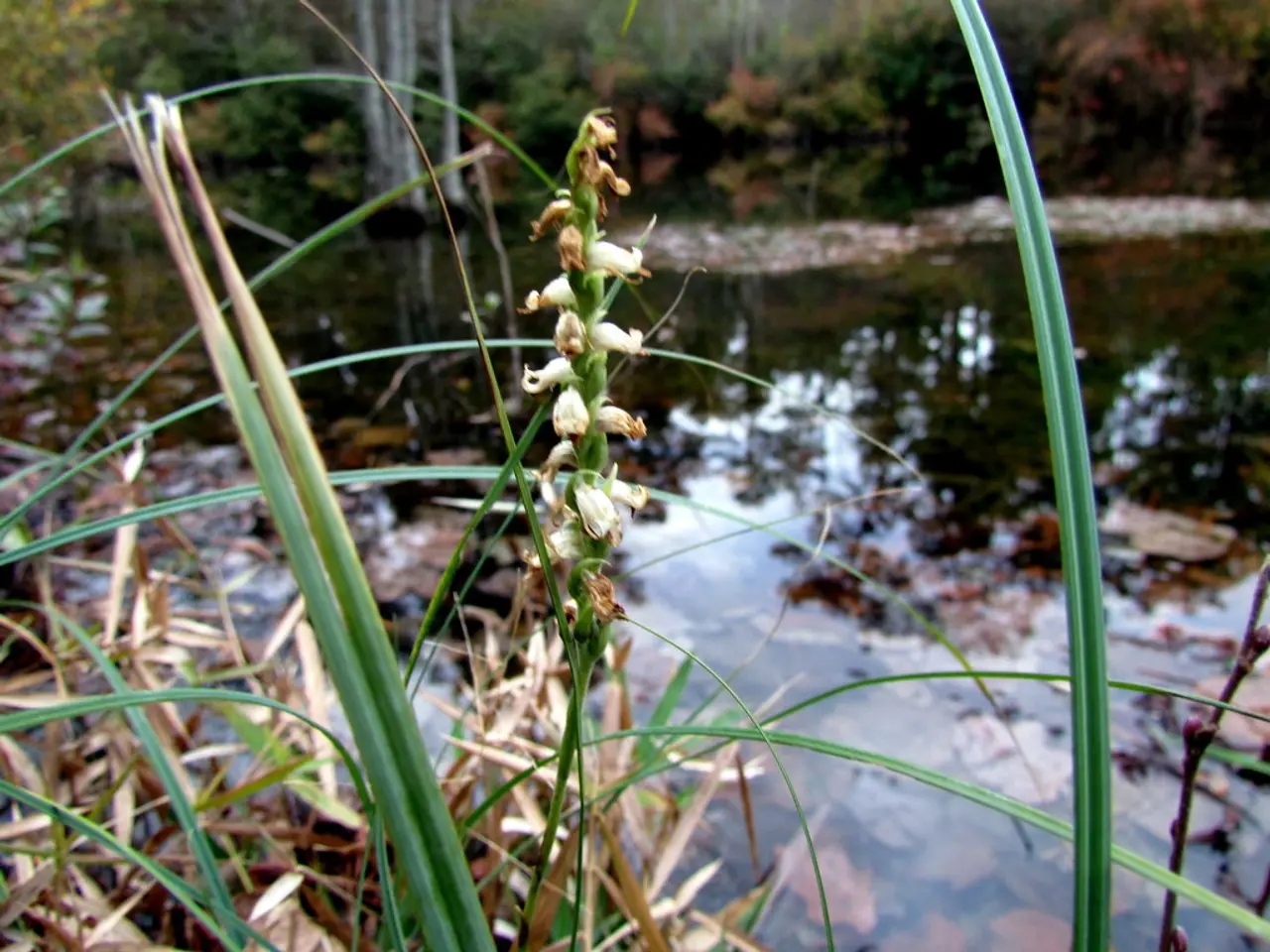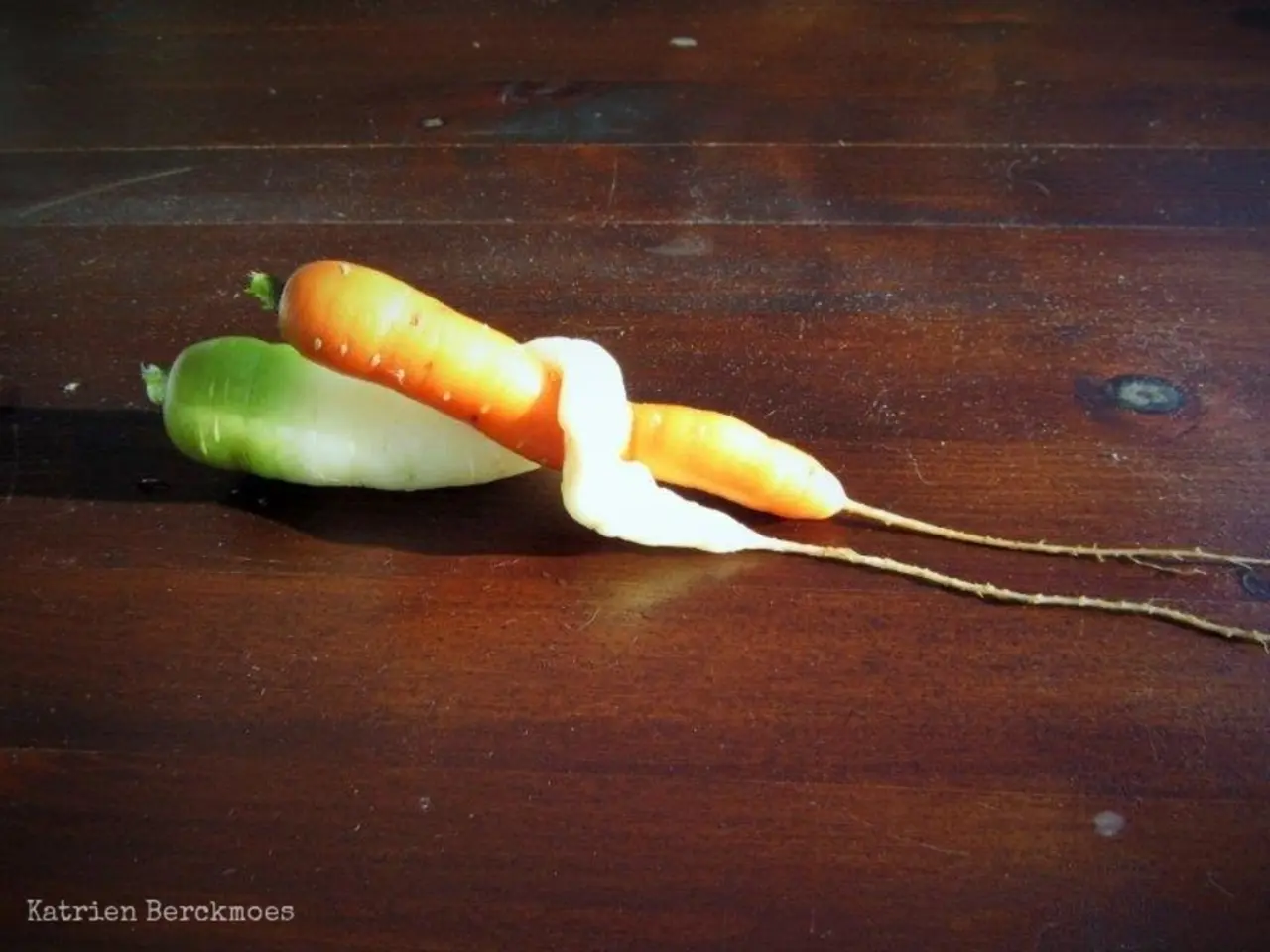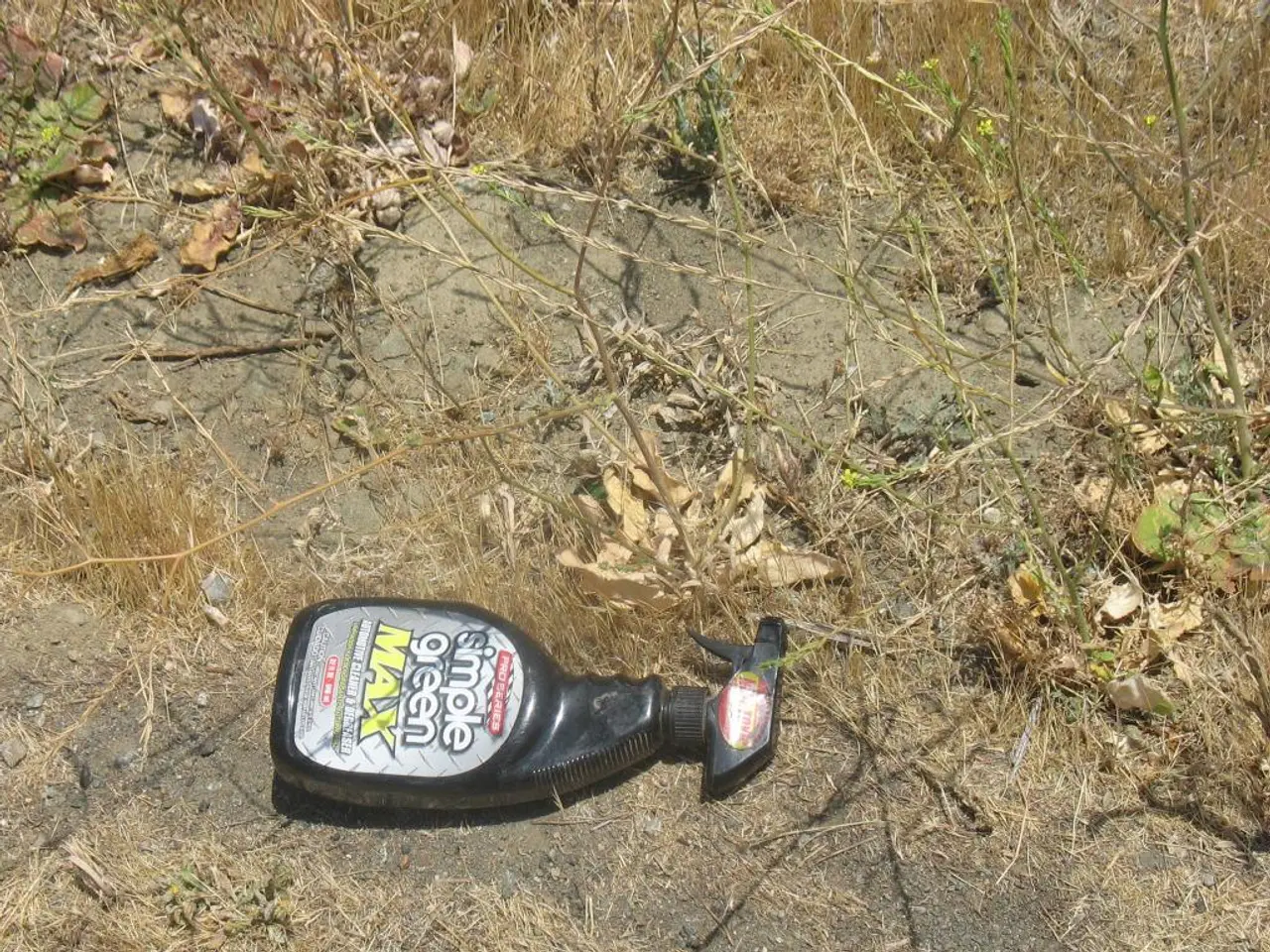Venomous marine mollusks known for their potent neurotoxins: Cone Snails
Snatching the Spotlight: All About Conical Killer Lil' Guys!
Hey there, folks! Today we're diving into the wild world of cone snails. These little guys, with their vibrant shell patterns, have a deadly secret that'll send shivers down your spine!
Living Life on the Wild Side: **Insights into the Biology of Cone Snails
A Closer Look at Their Background
- Family: Conidae, also known as the cone snail family
- Species: Found as marine gastropod mollusks in warm waters
- Shell: Ranging from a few centimeters to over 20 cm in size, shaped like a cone, and often patterns and colors that'll make your jaw drop
- Living Grounds: Tropical and subtropical seas, mainly in coral reefs and sandy bottoms
An Intriguing Interior
- Soft-bodied being living in a hard, conical casing
- Radula: Adapted into a deadly harpoon-like tooth for toxin delivery
- Venom Gland: The producer of conotoxins, a lethal mix of neurotoxins
- Foot: Powerful muscular structure, primarily used for moving and burrowing
- Siphon: Tube-like structure sensing nearby prey via water chemical signals
Venom and Dinner Time
- Carnivores, using the venom to lock down prey
- Main diet consists of worms, mollusks, and even small fish
- The harpoon radula tooth shoots out and injects venom, swiftly paralyzing the unsuspecting victim
- The venom contains potent peptides targeting nervous systems with pinpoint precision
- The medicinal world has taken a keen interest in some conotoxins for painkillers and neurological drugs
The Cone Snail's Nightlife: **Catching a Glimpse of Their Behavior
The Predator and Prey Game
- Mostly active during the night or twilight hours
- Pick up chemical clues to sniff out prey
- A lightning-fast attack, taking advantage of the element of surprise
- After a dose of venom, they slip the prey on their proboscis and haul it in
Moving Slow and Steady
- Slow-moving critters
- Some species dig under sand or hide in crevices during the day
Love and Babies
- Gender-segregated species
- Internal fertilization kicks things off
- Females lay protective egg capsules, resulting in free-swimming larvae
- Larvae eventually metamorphose into fully grown cone snails
Stand Your Ground: **Survival of the Fittest
- Using their venom as both attack and defense
- Their colorful shells sometimes act as a warning to potential predators (aposematic coloration)
Mind-Blowing Facts
- Believe it or not, cone snail venom is one of nature's deadliest toxins - some species can fatal to humans
- Even though deadly, cone snails are the slow-and-steady types, preferring stealth and venom over speed
- The research community is buzzing about cone snail venom peptides due to their neurotoxic properties and potential biomedical applications in exploring nerve function and developing new treatments for pain and neurological conditions!
Feeling curious? Let us know in the comments, and we can dig deeper into specific cone snail species, venom composition, or how they fit into the wider ecosystem!
Deepening the Discussion:
- Unearth the connection between dangerous marine life and your daily life, as some scientists are researching cone snail venom peptides for potential medical applications, linking home-and-garden aspirations to the cutting edge of biomedical research through gardening.
- Dream of creating a thriving underwater garden, where peace lilies are replaced with vibrant, jaw-dropping cone snail shells and the harvest is venom-laced, creating a lifestyle that mirrors these intriguing creatures' existence in a breathtaking and untamed wilderness.
